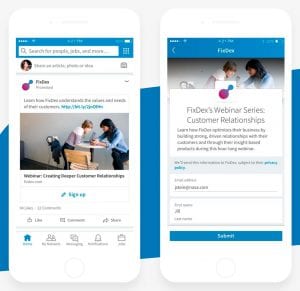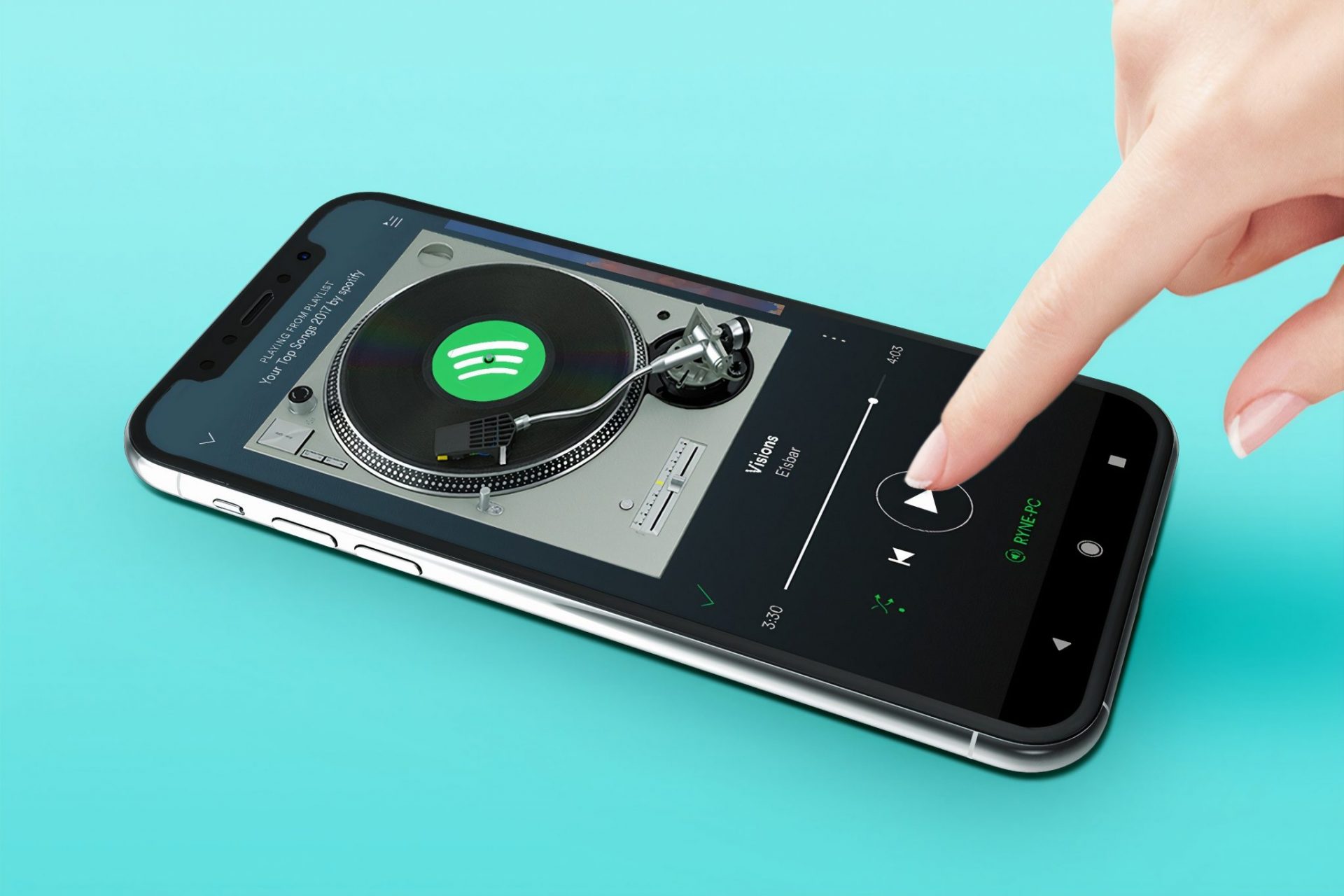The B2B (business-to-business) sector is kind of like coriander — you either love it or hate it. For many, it’s nothing more than a maddening maze of acronyms: SaaS, CRM, MQL, SQL ABM, etc. For others (like me), it’s a wonderfully complex ecosystem that requires every tool from your belt. Simply put, it takes a little knowhow to convert prospects to leads to clients. When it comes to planning digital campaigns, the winning recipe generally looks something like this:
Identify your target demo and assign it a persona
Assess the right message to speak to said target
Determine the assets needed to help us achieve your goals
In principle, these three ingredients—when expertly mixed—should always result in a happy client! It’s a tried and true recipe. But, like all recipes, it requires a working stove and well-stocked pantry. If you don’t have the right tools at your disposal, there’s no guarantee the cake’s going to rise. To execute a B2B campaign that generates real results, you must master the following (in no particular order):
Data
Targeting
Automation
Analytics
This first article in our series of B2B posts deep dives into the world of data.
The importance of customer data
The topic of data seems to be on the tips of everybody’s tongues, and for good reason. Now more than ever, data matters—specifically in the world of B2B, where conversion cycles are generally much longer and more arduous. Having a good grasp of your data lets you, among other things, know your leads by name and support them throughout the consumer journey (what we refer to in the industry as “lead nurturing”). Before thinking about your targets and determining how to reach them best, you must ask yourself the following questions:
What kind of data should I collect?
First and foremost, it’s important to know a lead’s name and contact info. For the next step, you need to strike the right balance. Requesting too much from prospects can significantly reduce lead volume. You risk losing them before they even complete the signup sheet. Remember, like all relationships, the one that exists between you and your leads improves over time. The more your leads get to know you, the more likely they’ll be to disclose info. On the flip side, if you request too little info, you can end up with a high volume of low-quality leads. A good strategy is always to ask if they “want to receive more information about this product.” Doing so lets you distinguish serious leads from those simply drawn to the lead magnet. From there, you can adjust your communications for the two segments.
How should I collect data?
To compile useful lead information, you must provide prospects with a form. According to HubSpot, nearly 44% of B2B clicks send prospects to a company homepage rather than a dedicated landing page. That’s a lot of missed opportunities. Ideally, you should be directing them to a landing page designed for conversions. This way, leads have all the information they need in one place. For a more detailed description of how this tactic works, we wrote a helpful post outlining its many benefits. Of course, if limited time and resources mean a landing page isn’t an option, there are other avenues to explore. For example, if you launch campaigns on Facebook or LinkedIn, you can create personalized lead generation forms (lead ads) directly on these platforms. It’s a quick and easy approach with the added benefit of generating exceptionally low acquisition costs.

How does data get from one place to the next?
This question is probably the most difficult to answer. Unsurprisingly, it’s also the most important.
In addition to ensuring that your leads’ personal information moves from point A to point B, it’s imperative that you record and measure your lead sources. Knowing where your prospects have been on the web lets you develop a strategy for generating the highest-quality leads, which, in turn, yields a bigger ROI. The easiest way to identify lead sources is by using hidden fields in your forms. This option is available for Facebook and LinkedIn forms as well as for most web forms. Hidden fields let you collect important info onto the back end without the user ever having to enter it. And if you use UTM parameters to track your URLs, you can collect this information with hidden fields, too. Strategies such as these produce more data fields in your CRM and, thus, better targeting!
Final thoughts
Data collection is only the first step in your lead acquisition strategy. Once you have these tasty ingredients, you need to know how to measure, mix, and set your oven. Users who land on your site aren’t always ready to take action. Therefore, it’s essential to invest in a lead nurturing strategy that qualifies leads and optimizes results.
Nevertheless, the core of your strategy is undoubtedly customer data. This info lets you better understand your target and site traffic. By effectively collecting relevant, quality data, you’ll develop strategies that directly boost sales.
Download our white paper on implementing a successful B2B strategy!






